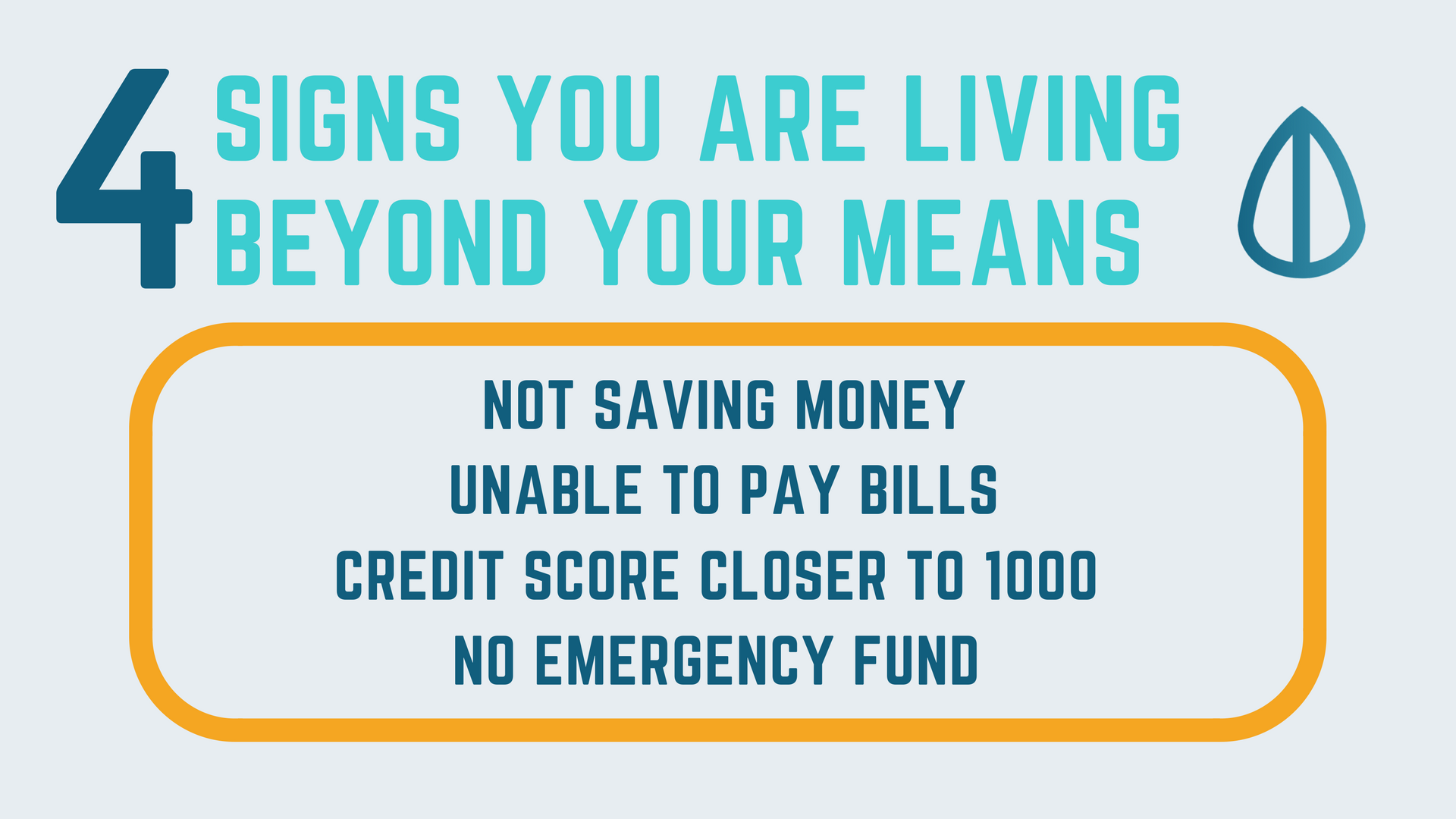Advertisement
Anyone who knows about/has the NTUC Income Living Policy able to confirm that my understanding is correct?
1) Payout amount is the same upon death, TPD or contracting any of the specified illnesses? Seems odd since most policies nowadays provide much lower CI payout than death/TPD payout.
2) Is there an escalating payout amount the longer I hold on to this policy since the non-guaranteed protection value increases?
3) How does the CI coverage compare against current CI plans? Do new CI plans cover more illnesses? Living policy doesn't even mention anything about the stage of an illness.
2
Discussion (2)
Learn how to style your text
Reply
Save
Elijah Lee
15 Nov 2020
Senior Financial Services Manager at Phillip Securities (Jurong East)
Hi Rayleigh,
While I have to see your specific policy schedule to confirm your particular case, in general:
1) Yes, payout will be the sum assured plus accumulated reversionary bonuses, plus terminal bonus, upon a claim. Regarding newer policies paying lower CI than death/TPD, it's really up to what type of plan it is, and the way the plan is configured. You can even have higher CI payout than the death payout, e.g. multipay plans.
2) Yes. The longer you hold, the higher the bonuses that accumulate in the plan, and thus the bigger the payout amount
3) Depending on when you bought the policy, the number of CIs covered as well as the definition is going to be different from the definitions of today. Typically the number of CI is 30, and coverage is for late stage. Look for the term "dread disease" in the front of your policy under the schedule. If it is mentioned there, that refers to the CI payout. Plans these day definitely cover more conditions, as well as early and intermediate stages of these conditions.
Reply
Save
Write your thoughts
Related Articles
Related Posts
Related Products

NTUC Income Life Insurance
4.8
4 Reviews
Related Posts
Advertisement








Hi Rayleigh,
NTUC Income Living Policy has been launched for quite a long time so there is a couple of versions. Do you have the product code? LVL2 or LVL? It should be reflected on your Policy Illustration.
Best to look at your own Policy Wording/Product Summary. If you don't have you can request a copy from [email protected] (only if you are the Policyholder).